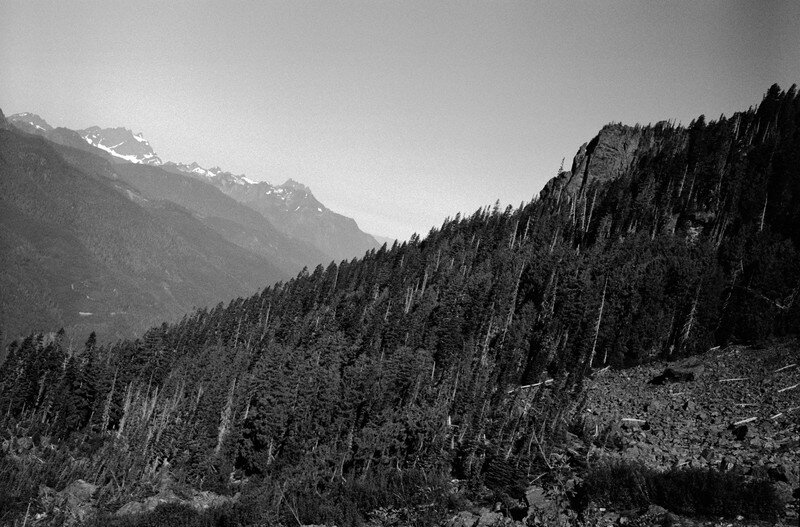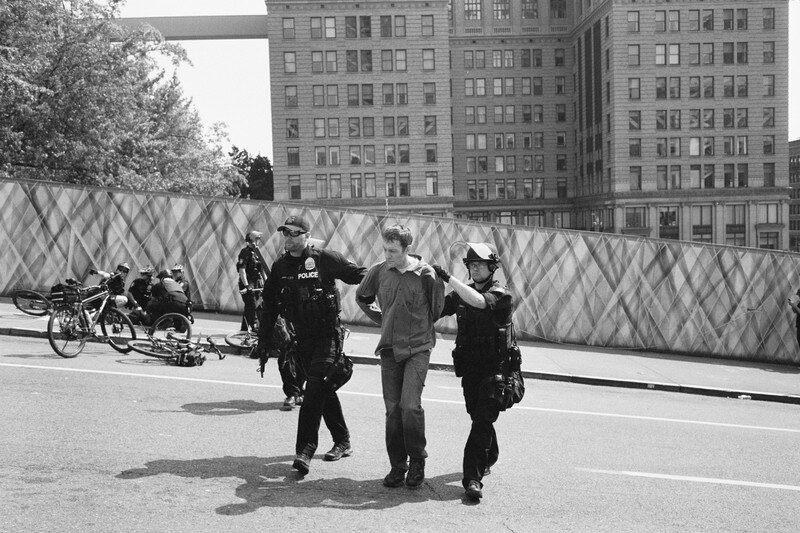Cascadia
© Michael BarkinThis series reflects the impact of Ernest Callenbach’s book Ecotopia, which is manifesting in the present as Cascadia. Social movements in the American Northwest, Northern California, and Southwestern Canada draw on global issues. Ecotopia imagined a utopia in this contiguous region.
The Cascadia Megaregion is known for economic and political coordination. These images, which are guided by David McCloskey’s Cascadia map, include outdoor adventuring, delve into the complexities of the Northwest Forest Plan, and address cross-border coordination.
There are contentious relationships between the cities and rural areas of Cascadia. Some communities live closer to the land than others. The culture of the North American West has drawn eager, speculative dreamers for generations. It’s taken hundreds of years for those explorers to acknowledge shared humanity with the tribes.
Forest fires now threaten the habitat of the spotted owl, where the risk was previously from logging.
The quality of life here remains a draw. There are deceivingly beautiful vistas and quirky arts communities. It's worth taking a breath of this clean, cool air and a moment to ponder what life was, is, and still could be.
“I’ve documented the Cascadia region in the American Northwest and Southwestern Canada in detail for more than 20 years. The movements that take place here are social, literary, cultural, political, and environmental. The individuals I’ve met here are more than tramps, activists, militants, poets, and travelers…they represent the human desire for a meaningful life and a better future.
From idealistic to dystopian, Cascadian ideologies are frameworks that reflect discontent. Cascadia dialogues span the political spectrum, with advocates from the far-left to the far-right.

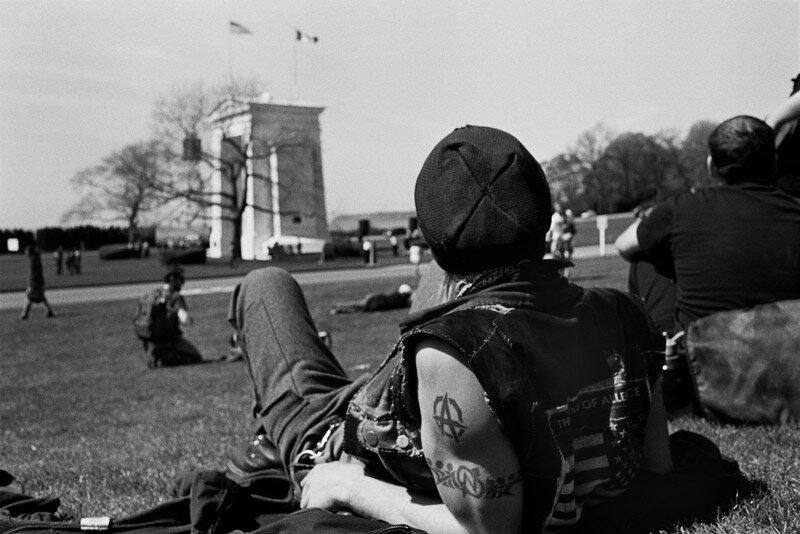
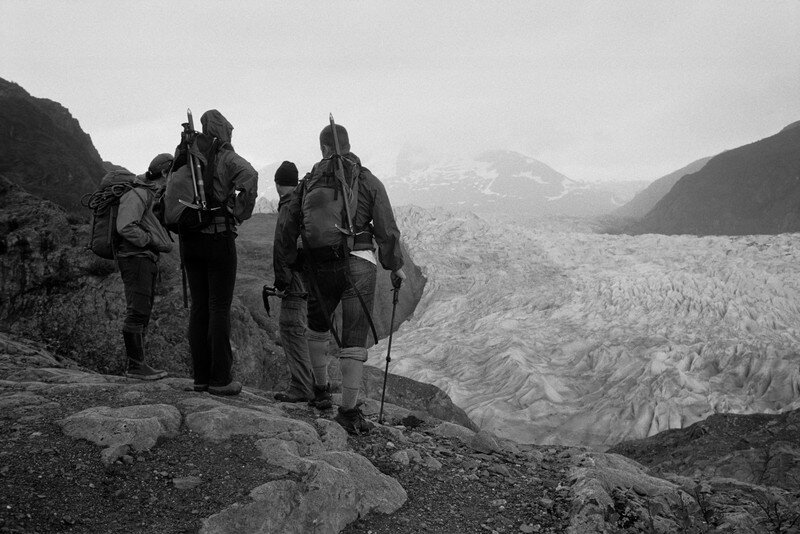

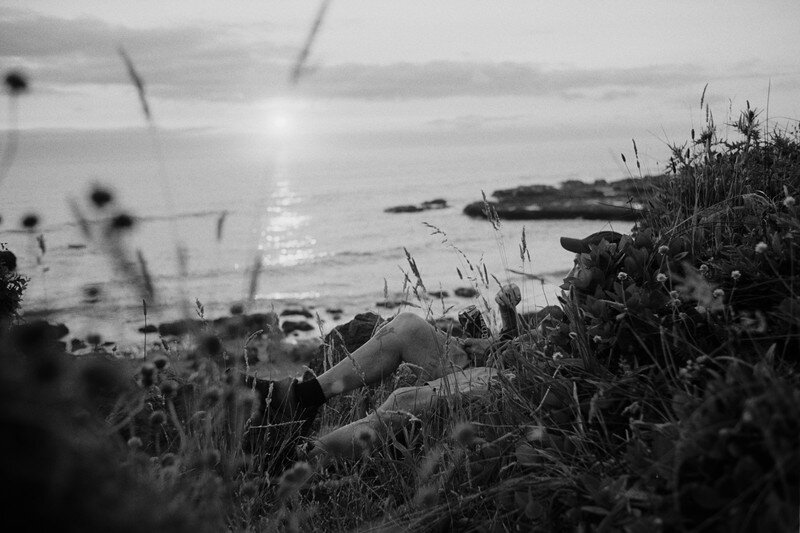

We were aware of Ken Kesey, however, who is considered a successor to the counter-culture lineage of the Beats. Kesey had roots in the Willamette Valley and was an esteemed member of the community in Eugene. He also represented an independent culture that was tied to the land.
By college I had read Jack Kerouac’s writing, including The Dharma Bums, which takes place in Washington State. I learned about the writers Gary Snyder and Raymond Carver, who also had ties to the region.
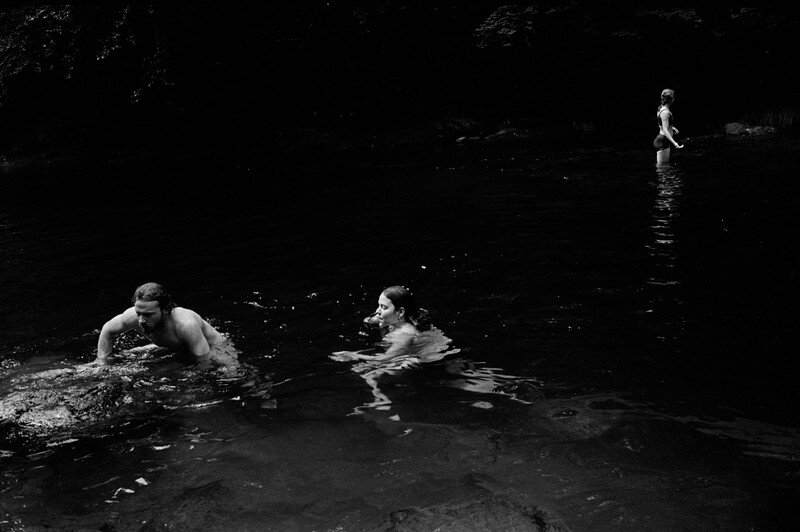
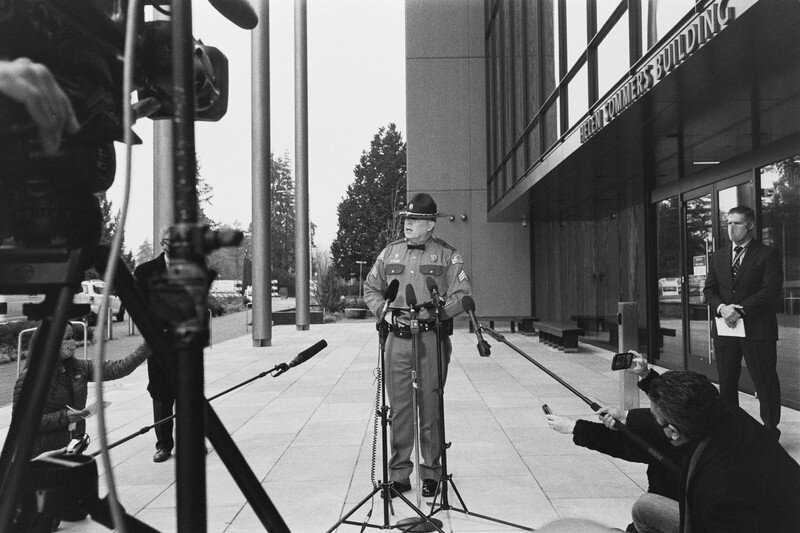
It wasn’t until Seattle’s streets were clogged with teargas during the WTO meeting in 1999 that I embarked on my documentation. I then traveled to the forests of Oregon to photograph tree-sitters and learned about the ideas and personalities that drive change.
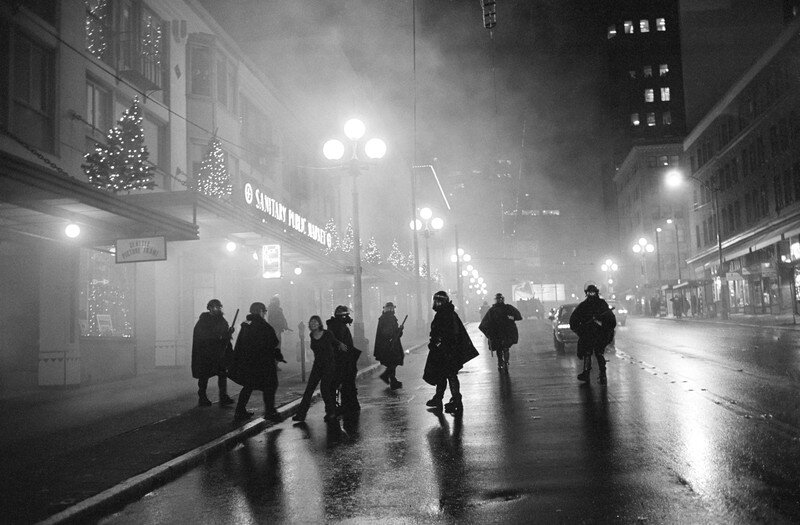
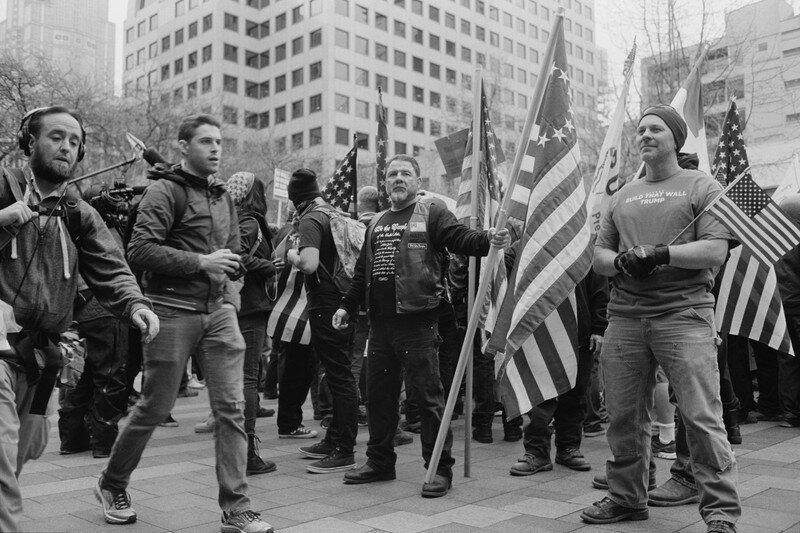
The escape afforded by the natural world in Cascadia, whether real or imagined, is a salve for discontent with modern society.” Michael Barkin
click to view the complete set of images in the archive

